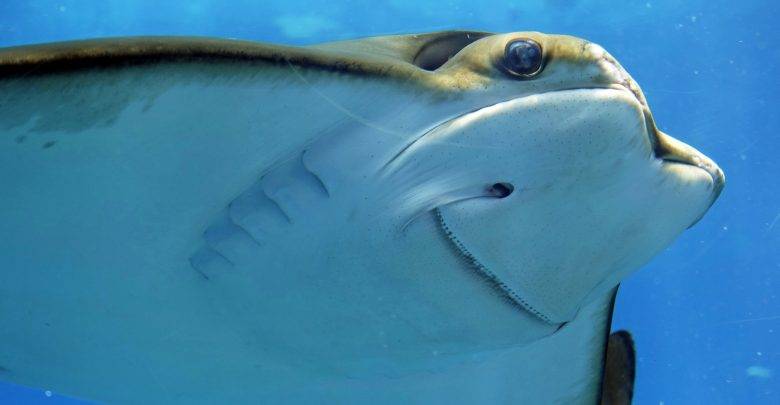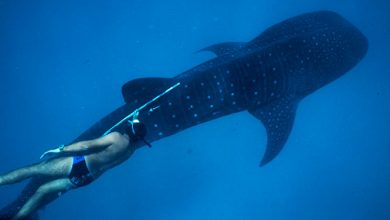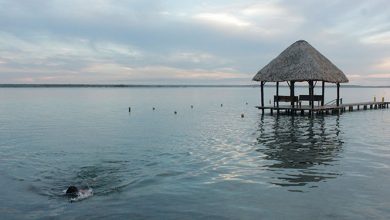Cool Facts About Sharks and Rays: Migration
How do we get seasonal visits of bull sharks, spotted eagle rays and whale sharks in the Mexican Caribbean every year?

In the marine environment, there are a lot of animals that are highly migratory and use large areas as their home. Scientists have always been curious about how these animals find their way across ocean basins and manage to come back every year to the same locations. The most known of these animals are whales, birds and sea turtles, but also some large sharks and rays undertake long-distance migrations for various reasons.
Now, how do sharks and rays find their way around the ocean? Sharks and rays have sensory organs called ampullae of Lorenzini that are capable of detecting the electromagnetic fields of the earth. It is also thought that a shark or ray can actively track features of relief like ridges and valleys like a helicopter following a road. Compass orientation using marks, currents or the light of the moon seem to also play a role in some of their migrations. The reasons are different depending of the species though. For example, whale sharks are known to gather near seamounts or where currents collide forming a rich patch of plankton which it feeds on. The ‘corner’ of the Peninsula of Yucatan around Isla Mujeres has currents colliding forming this phenomenon that is so attractive to many whale sharks.
Bull sharks seem to hang out in Playa del Carmen in winter and there seems to be many pregnant females, so scientists think that shallow and protected embayments with mangroves on the coasts of Quintana Roo may serve as nurseries for this species when giving birth. Spotted eagle rays seem to move with the currents and are often seen foraging in the waters of the Riviera Maya. Although scientists are not sure yet, the cooler temperatures of winter and the availability of prey items may be the reasons this species comes back every year.
This topic is particularly important for species that are highly vulnerable and have long-distance migrations, like sharks and rays, as these animals have very slow growth and have few pups making them extremely vulnerable to exploitation (they are a major target for commercial fisheries throughout the world).
Besides this being a very cool topic, scientists want to understand movement patterns and migration pathways because if a species is protected in a particular country or within a marine protected area, but they undertake long-distance migrations into other countries and non-protected areas, then the protection is only partially successful at best, as it does not cover the full range of the species’ habitat. So, with migratory animals we have to work in conservation programs across many countries and with many people to achieve any impact on these animals.







